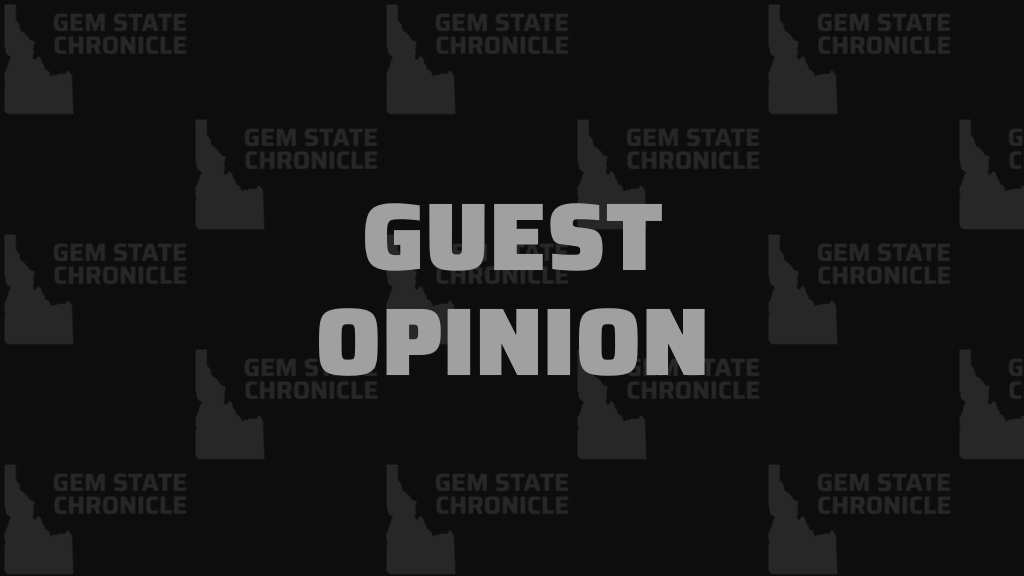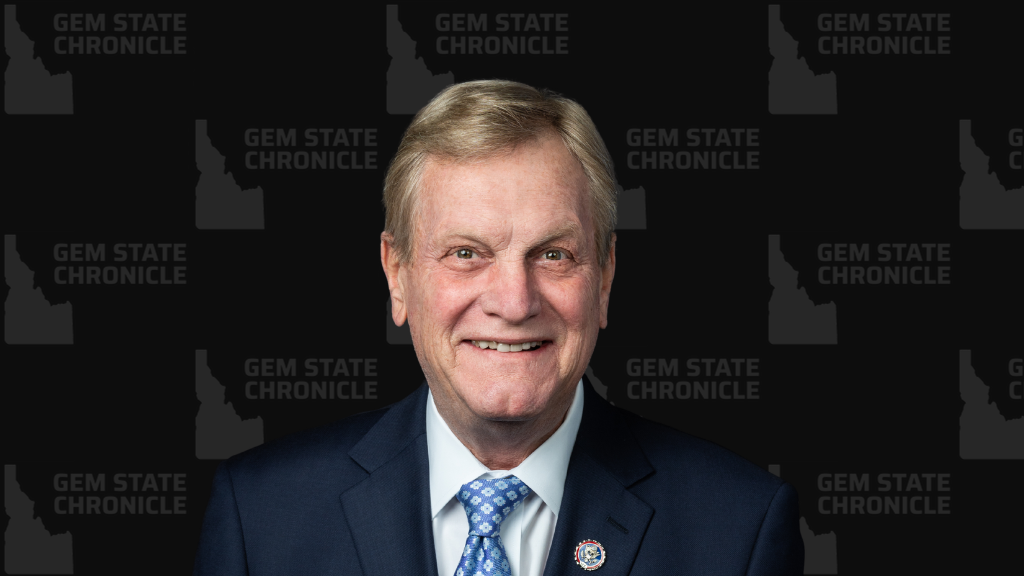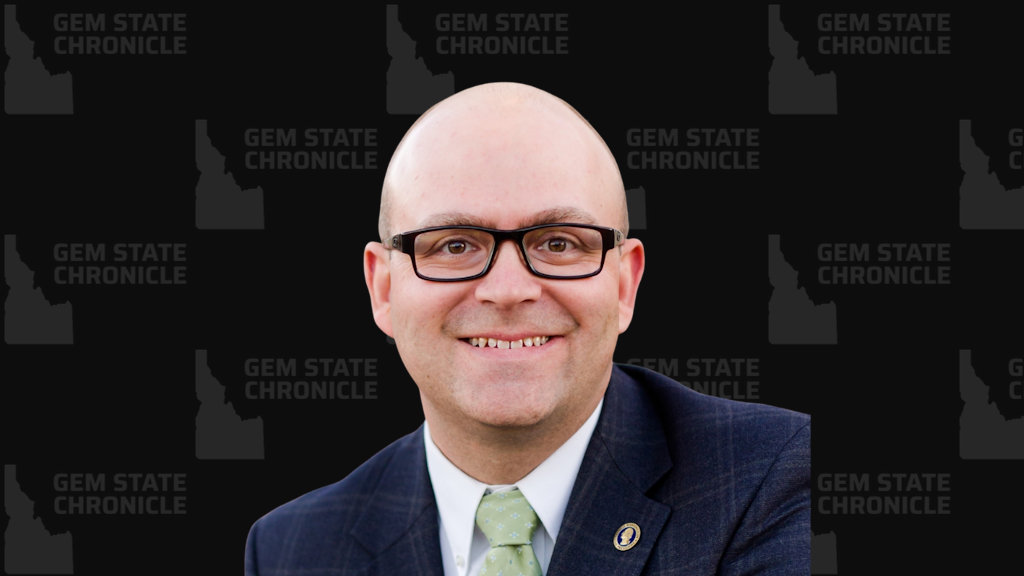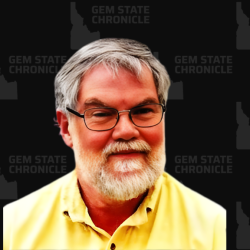by Suzanne Knorr
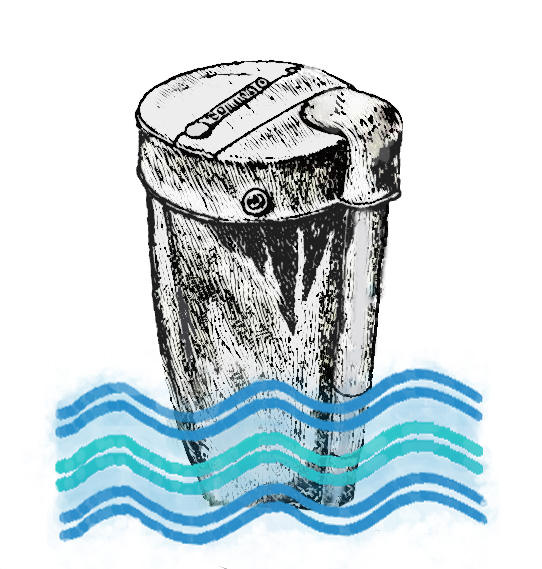
Water remains a vitally important component for life, and a topic of concern not only nationally but here in Idaho. One thing I have noticed as I have sat in on several water meetings is a general perception on the part of various entity professionals that the public needs to understand “water is not free”, it is something they must pay for.
Does the public really believe water is free? Residents hooked up to municipal water get the fact that they pay for water already. They are paying a monthly bill, regardless of how appealing or unappealing the water coming out of their tap appears to them. They pay all the rate increases that come with a monthly water bill, and the connected sewer bill, just as they pay for rate increases on their electric bill.
The resident or homeowner pays the full costs of any internal filtration and/or treatment systems of choice if they wish to remove chloramines and such from the treated municipal water they pay for. The homeowner pays the full cost of maintaining and replacing residential piping and plumbing. Connected residents are well aware of the cost of water, and will conserve water to save money on their monthly bill. Unfortunately, water conservation can also lead to higher utility rates as the water purveyor seeks to raise rates to make up the profit difference lost because of successful conservation. Plus, everyone pays for state water programs through state taxes.
The public is well aware of these costs. So, who is this general perception that ‘the public needs to know water isn’t free’ directed toward? It must be those who are not currently connected to municipal water. Let’s unpackage that concept and take a closer look.
People not connected to municipal water are likely obtaining water from a community well or a residential well under a domestic well exemption. Well owners, collectively or individually, pay to get their water through the costs of drilling and maintaining their well. A new well can easily cost $30,000 or more. A well owner pays for the installation and materials for the piping, plumbing lines, and pumps to convey the well water to their residence and irrigation, and all the costs of maintaining these. A well owner pays for periodic lab tests to check the quality of their water and pays to provide their own filtration systems and treatments of choice. The company U.S. Water Systems offers a whole home treatment system for about $9,000, not including installation, and the well owner covers those costs. The only thing a well owner isn’t paying for is the water purveyor’s operation.
Should a well owner find it expedient and necessary to connect to a municipal system, the well owner bears the full cost of running new lines and connecting to the mainline, and the full costs of taking their own fully-paid-for-well offline from their residence as the water purveyor requires. The cost of installing new lines runs about $150-$250 per foot of line laid, according to a company representative a couple years ago. Undoubtedly those costs have increased over time. The only exception to these assessed costs is a waiver of Veolia’s connection fee per agreement under Ada County’s ARPA program for those who reside where water mainlines were installed in the impact area in South/Southwest Boise. The ARPA program used federal funds to cover the cost of extending Veolia’s water infrastructure into areas of significant receding groundwater impact. All residents essentially paid for these extensions through their federal tax dollars, and well owners will still pay out of their pocket again if and when they connect.
Well owners understand thoroughly the cost of water. As groundwater recedes and becomes scarcer, it will cost more to obtain it, through deeper well drilling on the part of residential well owners and water purveyors. Water purveyors pass those costs onto their subscribers through rate increases. It’s not so far-fetched that residents may end up paying hundreds of dollars for the same amount of water usage that cost them a reasonable amount just a few years before, as has happened in some other states.
Residents on municipal water or well water understand water is not free. The question should really be how to keep water, and all other utilities, affordable.
Suzanne Knorr is a concerned citizen whose well dried up two years in a row. She has set up a a public educational display currently at Albertsons Library on the BSU campus titled “Groundwater in the Treasure Valley”. It will be displayed through 12/19/2025, and includes the ARPA program mentioned here, the Treasure Valley Water Atlas, and the work of various local artists on the topic of groundwater.
About Staff Writer
The Gem State Chronicle brings you news and analysis that empowers you to make positive change in Idaho. Established 2022.


